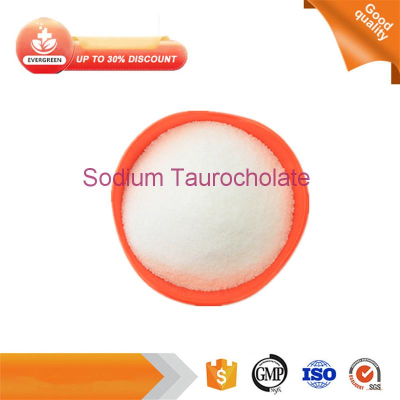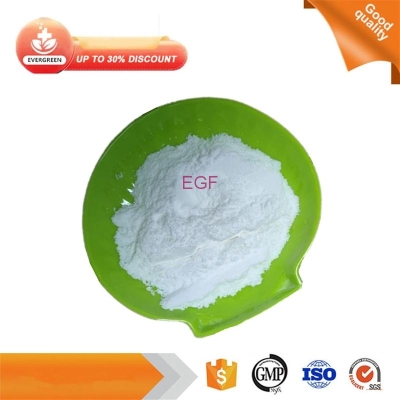-
Categories
-
Pharmaceutical Intermediates
-
Active Pharmaceutical Ingredients
-
Food Additives
- Industrial Coatings
- Agrochemicals
- Dyes and Pigments
- Surfactant
- Flavors and Fragrances
- Chemical Reagents
- Catalyst and Auxiliary
- Natural Products
- Inorganic Chemistry
-
Organic Chemistry
-
Biochemical Engineering
- Analytical Chemistry
- Cosmetic Ingredient
-
Pharmaceutical Intermediates
Promotion
ECHEMI Mall
Wholesale
Weekly Price
Exhibition
News
-
Trade Service
Colorectal cancer (CRC) is one of the most common cancers in the world.
most effective strategy to reduce the risk of CRC is to diagnose CRC's hazardous markers and conduct preventive colonoscopy in high-risk populations.
has been reported in several studies that metabolic syndromes, i.e. obesity, reduced glucose tolerance, high blood pressure and abnormal blood lipids, are all associated with CRC risk.
, obesity is known to be associated with CRC.
addition, visceral fat accumulation is the main pathogenesis of obesity and plays a key role in the pathogenesis of CRC.
Internal Visceral Fat Index (VAI) has been proposed as a reliable indicator of visceral fat accumulation and dysfunction.
, VAI is reported to be associated with cytokine levels and can lead to chronic inflammation.
, this study aims to explore the link between VAI and colorectal cancer (CRC).
the historical queue study of 27,921 participants (16,434 men and 11,487 women), the researchers divided participants into three categories based on VAI levels.
VAI is calculated as: male, VAI (waist circumference (WC)/(39.68 x 1.88× body mass index (BMI) × (triglycerides (TG)/1.03) × (1.31 / HDL) ); Female, VAI (WC / (36.58 x 1.89×BMI)) × (TG / 0.81)× (1.52 / HDL).
then conducted a Cox proportional risk model, which was adjusted for sex, age, smoking, drinking, exercise, hemoglobin A1c and systolic blood pressure.
study showed that 116 participants had CRC during the 4.4-year mid-level follow-up period.
compared to the lowest tri-digits, in a single-variable analysis, the CRC HR for the median and highest tri-digits is 1.30 (95% CI 0.76 to 2.28, p to 0.338) and 2.41 (1.50 to 4.02, p and 0.001), respectively.
addition, after correcting the covarial variables, the HRs of the CRC in the middle and highest tri-digits are 1.27 (0.73 to 2.23, p to 0.396) and 1.98 (1.15 to 3.39, p to 0.013).
, the authors conclude by saying that VAI can predict the occurrence of CRC.
early detection, doctors should encourage people with high VAI levels to be screened for CRC.







